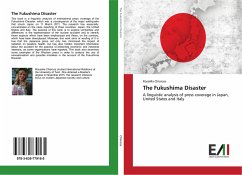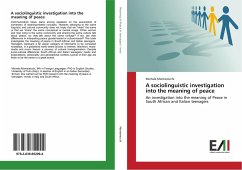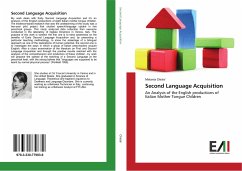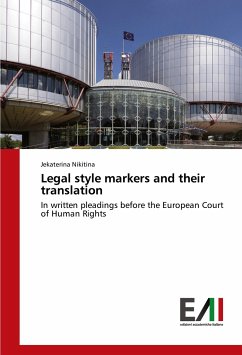This book is a linguistic analysis of international press coverage of the Fukushima Disaster, which was a consequence of the major earthquake that struck Japan on 11 March 2011. The research has especially concentrated on the news reporting of three countries: Japan, the United States and Italy. The purpose of this book is to explore similarities and differences in the representation of the nuclear accident and to identify those aspects which have been emphasised and those, on the contrary, which have been downplayed. Moreover, this work aims at veryfing of it is true that the Japanese press not only has minimised the impact of radiation on people's health, but has also hidden important information about the accident for the purpose of protecting economic and industrial interests, as some organisations have reported. This book also examines some examples of the Western press in order to analyse the use of sensationalism and possible mistakes in the account of the Fukushima Disaster.
Hinweis: Dieser Artikel kann nur an eine deutsche Lieferadresse ausgeliefert werden.
Hinweis: Dieser Artikel kann nur an eine deutsche Lieferadresse ausgeliefert werden.








